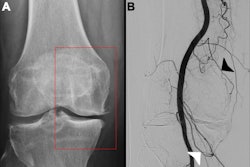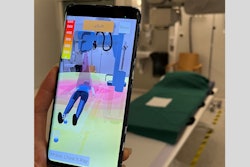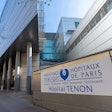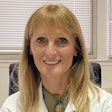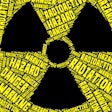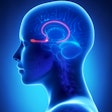More in Home
Siemens co-launches €27 million stroke care program
October 3, 2024
Breast screening moves to a more personalized approach
October 3, 2024
Embolization method proves value in knee osteoarthritis
October 2, 2024
How can radiology benefit from Generation Z at work?
September 30, 2024
Swedish team unveils novel findings on prostate MRI
September 30, 2024
Marie-Pierre Revel gives update on CT lung screening
September 27, 2024
Swiss overcome logistical issues in clinical audits
September 26, 2024
Tribunal suspends doctor who worked during misconduct ban
September 24, 2024
DWI-MRI technique improves breast lesion characterization
September 23, 2024
Microplastics reach the olfactory bulb in the human brain
September 23, 2024
RCR President responds to Darzi diagnosis
September 23, 2024
Opportunistic CT data can improve patient care
September 20, 2024











